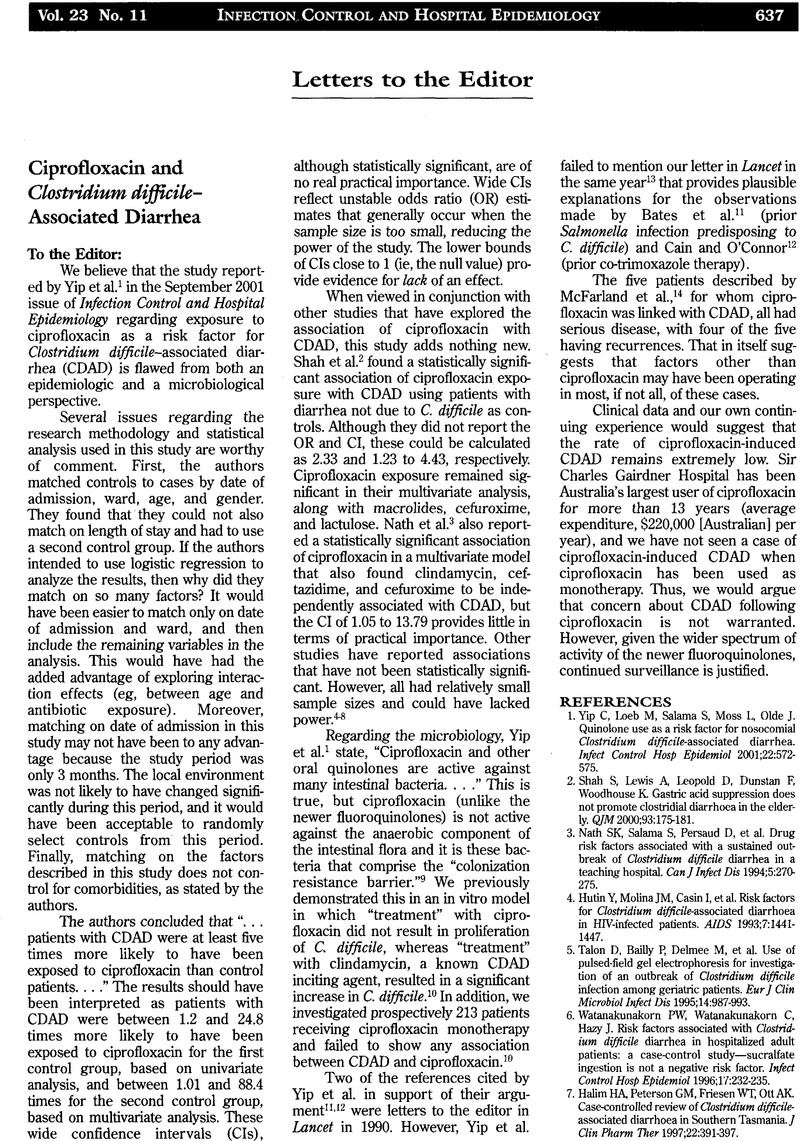Crossref Citations
This article has been cited by the following publications. This list is generated based on data provided by Crossref.
Imhof, Alexander
2004.
Vol. 27,
Issue. ,
p.
251.
Stiefel, Usha
Pultz, Nicole J.
Helfand, Marion S.
and
Donskey, Curtis J.
2004.
Increased Susceptibility to Vancomycin-Resistant Enterococcus Intestinal Colonization Persists After Completion of Anti-Anaerobic Antibiotic Treatment in Mice.
Infection Control & Hospital Epidemiology,
Vol. 25,
Issue. 5,
p.
373.
Owens, Robert C.
and
Ambrose, Paul G.
2005.
Antimicrobial Safety: Focus on Fluoroquinolones.
Clinical Infectious Diseases,
Vol. 41,
Issue. Supplement_2,
p.
S144.
2006.
Meyler's Side Effects of Drugs: The International Encyclopedia of Adverse Drug Reactions and Interactions.
p.
783.
2016.
Meyler's Side Effects of Drugs.
p.
364.



